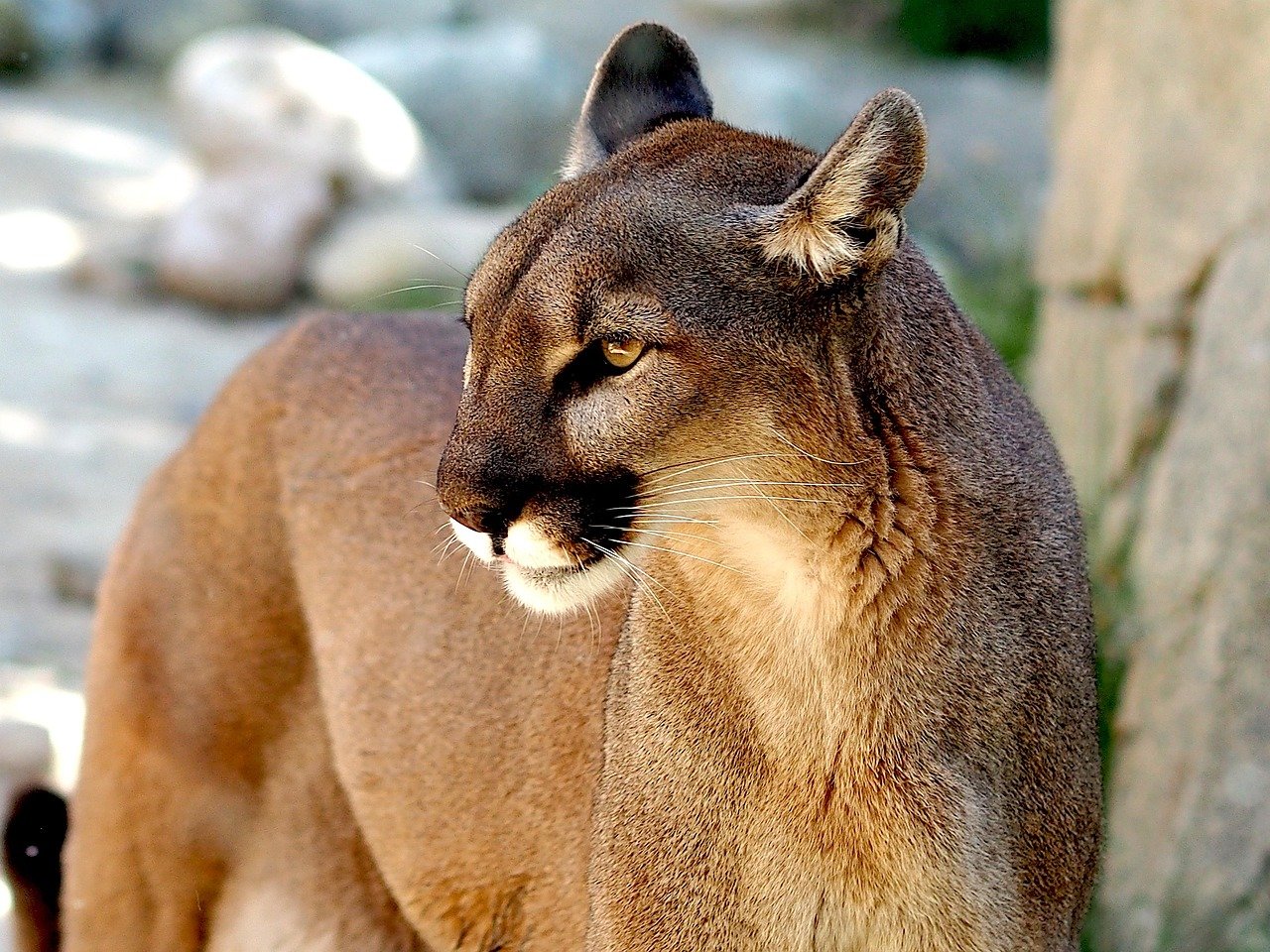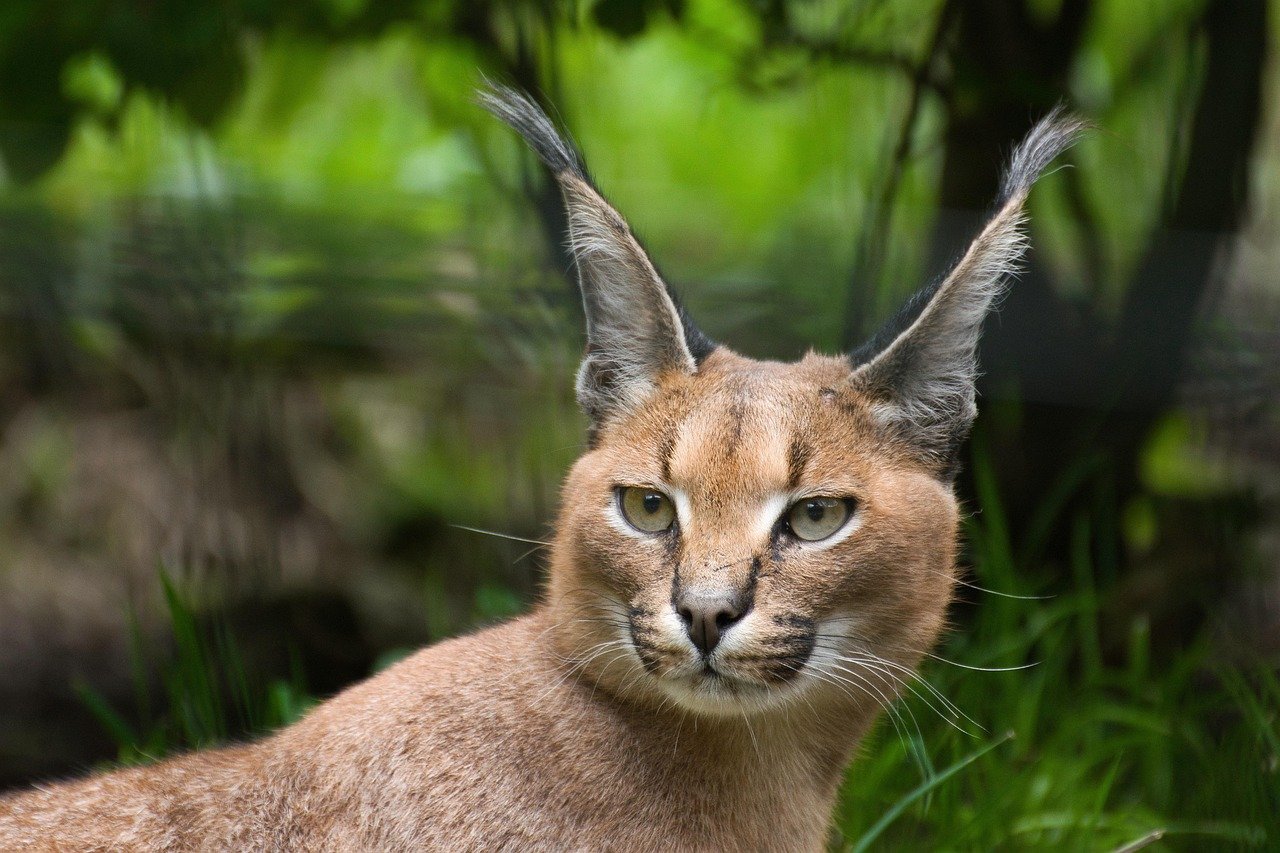When we think of big cats, we often picture them as majestic and fierce predators that rule the animal kingdom. However, beneath their imposing exterior, many big cats possess a surprisingly playful side. Just like our domestic feline friends, these wild cats engage in playful antics that are both endearing and fascinating. Let’s explore ten big cats known for their playful nature in the wild.
Lions: The Social Butterflies
Lions, often referred to as the “kings of the jungle,” are remarkably social creatures. Living in prides, they exhibit playful behavior that strengthens their social bonds. Lion cubs, in particular, are notorious for their playful antics. They can often be seen wrestling, pouncing, and chasing each other within the safety of the pride. This play is not just for fun; it also helps them develop essential hunting skills. Even adult lions engage in play, sometimes batting at each other’s tails or playfully nudging one another. Their playful nature is a testament to their strong family ties and social structure.
Tigers: The Solitary Playmates
While tigers are known for their solitary nature, they are surprisingly playful, especially when young. Tiger cubs engage in playful chasing and mock fighting, which is crucial for developing their hunting prowess. Even adult tigers occasionally indulge in play, often with objects like leaves or sticks. This behavior helps them stay active and mentally stimulated. In captivity, tigers are known to enjoy playing with large balls or swimming in water, showcasing their playful personality. Their playful interactions provide valuable insights into their intelligence and adaptability.
Cheetahs: The Speedy Gamers
Cheetahs, the fastest land animals on the planet, are also playful by nature. Cheetah cubs are full of energy, constantly chasing each other and practicing their lightning-fast sprints. This play is critical for honing their speed and agility, which are essential for hunting. Even adult cheetahs enjoy a good chase, often seen playfully pursuing each other in the wild. Their playful behavior is not only entertaining but also serves as an essential part of their survival strategy. It helps them maintain their physical prowess and sharpens their hunting skills.
Leopards: The Secretive Tricksters
Leopards are solitary creatures known for their elusive nature, but they too have a playful side. Leopard cubs are particularly playful, engaging in mock hunting and climbing trees for fun. This play is vital for developing their stealth and agility, which are essential for their solitary hunting lifestyle. Adult leopards also indulge in playful behavior, often seen playfully batting at leaves or rolling in the grass. Their playful antics reveal a lighter side to these otherwise stealthy and secretive cats, showcasing their adaptability and intelligence.
Snow Leopards: The Mountain Acrobats

Snow leopards, often called “ghosts of the mountains,” are known for their elusive nature. However, they are surprisingly playful, especially when young. Snow leopard cubs engage in playful wrestling and climbing, honing their balance and coordination. Even adult snow leopards enjoy a playful romp in the snow, showcasing their acrobatic abilities. Their playful behavior is essential for adapting to their rugged mountain habitat. It helps them build strength and agility, crucial for navigating the treacherous terrain they call home.
Jaguars: The Water Lovers
Jaguars are unique among big cats for their love of water, and this affinity extends to their playful nature. Jaguar cubs enjoy splashing in water and practicing their swimming skills, which are essential for hunting in their watery habitats. Even adult jaguars indulge in playful activities, often seen playfully batting at water or floating logs. This playful behavior is not only fun but also serves as an essential part of their hunting strategy. It helps them stay agile and adapt to their environment, showcasing their versatility as apex predators.
Pumas: The Versatile Players

Pumas, also known as mountain lions or cougars, are highly adaptable and playful creatures. Puma cubs engage in playful wrestling and chasing, which helps them develop their hunting skills. Even adult pumas enjoy a playful romp, often seen playfully pouncing on prey or objects. Their playful behavior is a testament to their intelligence and adaptability, allowing them to thrive in diverse environments. Pumas’ playful antics also provide valuable insights into their social interactions, as they often communicate through playful gestures and vocalizations.
Lynxes: The Silent Jesters
Lynxes, known for their tufted ears and stealthy demeanor, are surprisingly playful, especially in the wild. Lynx kittens engage in playful chasing and wrestling, honing their hunting skills and agility. Even adult lynxes indulge in playful behavior, often seen playfully pouncing on prey or snow-covered objects. Their playful antics reveal a lighter side to these otherwise solitary and mysterious cats. Lynxes’ playful behavior is essential for maintaining their physical fitness and sharpening their hunting instincts, ensuring their survival in the wild.
Clouded Leopards: The Tree Dancers
Clouded leopards are known for their arboreal lifestyle, and their playful nature is closely tied to their climbing prowess. Clouded leopard cubs are particularly playful, often seen climbing trees and engaging in mock hunting. This play is crucial for developing their climbing skills and agility, which are essential for their arboreal lifestyle. Even adult clouded leopards enjoy a playful romp in the trees, showcasing their acrobatic abilities. Their playful behavior provides valuable insights into their unique adaptations and showcases their remarkable agility and balance.
Caracals: The High Jumpers

Caracals, known for their distinctive tufted ears, are surprisingly playful and agile. Caracal kittens engage in playful chasing and pouncing, honing their jumping skills. Even adult caracals indulge in playful behavior, often seen playfully leaping into the air to catch birds or insects. Their playful antics reveal a lighter side to these otherwise stealthy and solitary cats. Caracals’ playful behavior is essential for maintaining their physical fitness and sharpening their hunting instincts, ensuring their survival in the wild.
In conclusion, the playful nature of these big cats offers a glimpse into their complex personalities and behaviors. Whether it’s the social interactions of lions or the solitary play of tigers, these playful antics serve as essential tools for survival. They help these magnificent creatures hone their skills, build social bonds, and adapt to their environments. Understanding their playful behavior not only deepens our appreciation for these animals but also highlights the importance of preserving their habitats for future generations to enjoy.

Linnea is a born and bred Swede but spends as much time as possible in Cape Town, South Africa. This is mainly due to Cape Town’s extraordinary scenery, wildlife, and atmosphere (in other words, because Cape Town is heaven on earth.) That being said, Sweden’s majestic forests forever hold a special place in her heart. Linnea spends as much time as she can close to the ocean collecting sea shells or in the park admiring puppies.






